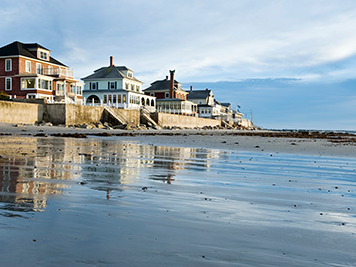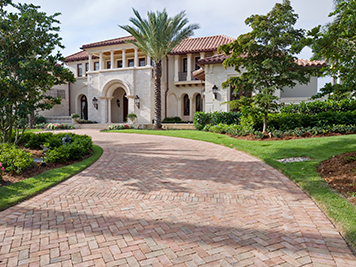As the situation in Ukraine evolves, businesses should be mindful of potential risks to their people, assets, operations, or supply chains in the region and globally. Marsh, as part of the Marsh McLennan family of companies, has created a page with information, tools, and resources related to the Russia-Ukraine conflict. Please visit the page for the latest information.
It’s been four decades since the U.S. saw inflation of the magnitude we’re experiencing today. And because we’re seeing a surge in worldwide inflation, it’s important to be mindful of how inflation and supply chain constraints could impact you in case of a home or property claim.



